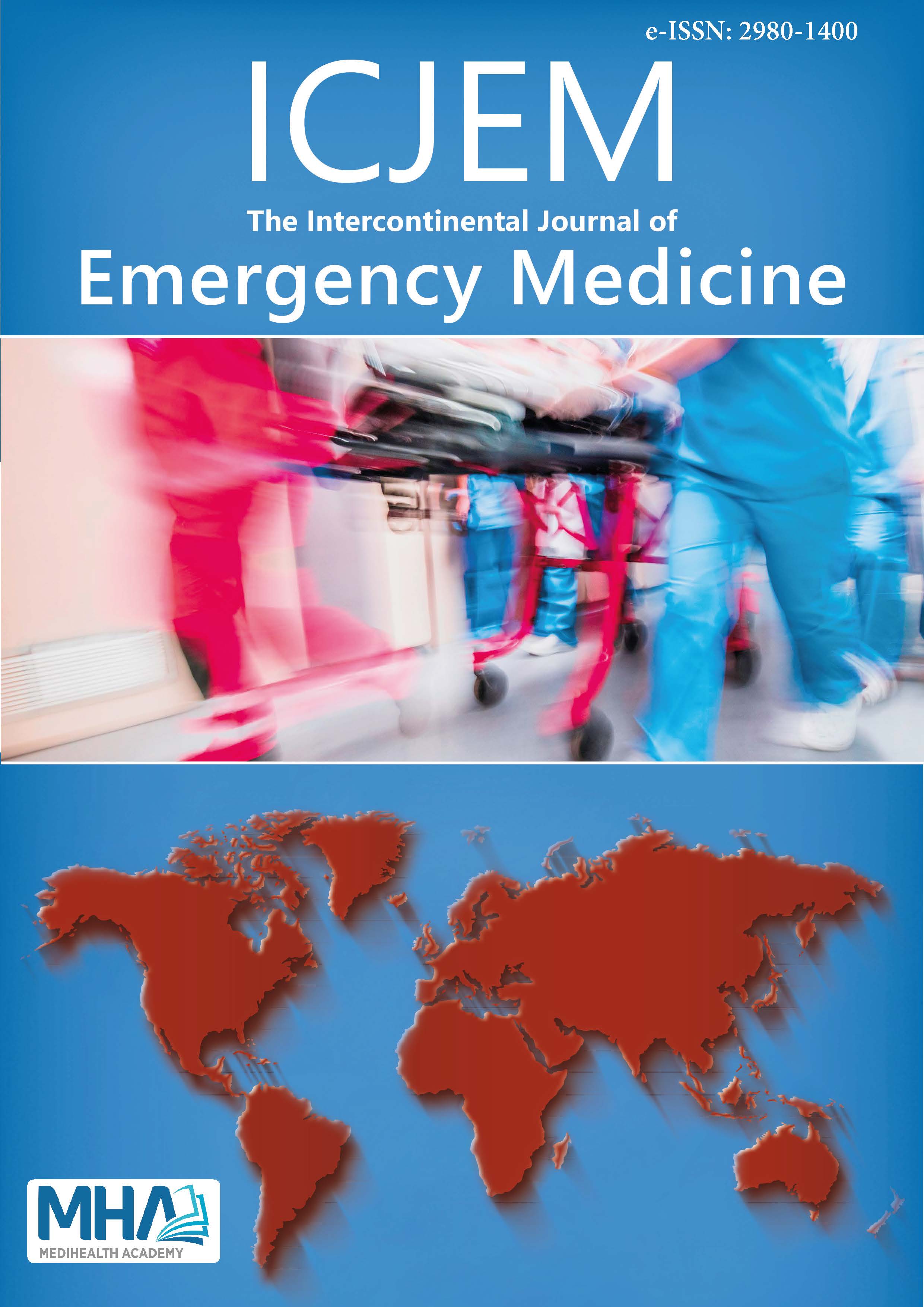1. Wells DG, Davies GG, Rosewarne F. Attenuation of electroconvulsivetherapy induced hypertension with sublingual nifedipine. AnaesthIntensive Care. 1989;17(1):31-33.
2. Avramov MN, Stool LA, White PF, Husain MM. Effects of nicardipineand labetalol on the acute hemodynamic response to electroconvulsivetherapy. J Clin Anesth. 1998;10(5):394-400.
3. Wajima Z, Yoshikawa T, Ogura A, et al. The effects of diltiazem onhemodynamics and seizure duration during electroconvulsive therapy.Anesth Analg. 2001;92(5):1327-1330.
4. Fu W, Stool LA, White PF, Husain MM. Is oral clonidine effective inmodifying the acute hemodynamic response during electroconvulsivetherapy? Anesth Analg. 1998;86(5):1127-1130.
5. Milstein V, Small JG. Problems with lithium combined with ECT. Am JPsychiatry. 1988;145(9):1178.
6. Gürsoy Y, Sağıroğlu E. Elektrokonvülsif tedavi ve anestezi. EgePsikiyatri Sürekli Yayınları. 1998;3(2):333-352.
7. Omoigui S. The Anesthesia Drugs Handbook. 2nd ed. Mosby: 1995.
8. Rasmussen KG, Jarvis MR, Zorumski CF. Ketamine anesthesia inelectroconvulsive therapy. Convuls Ther. 1996;12(4):217.
9. Reddy RV, Moorthy SS, Dierdorf SF, Deitch Jr RD, Link L. Excitatoryeffects and electroencephalographic correlation of etomidate,thiopental, methohexital and propofol. Anesth Analg. 1993;77(5):1008.
10. Mirzakhani H, Welch CA, Eikermann M, Nozari A. Neuromuscularblocking agents for electroconvulsive therapy: a systematic review. ActaAnaesthesiol Scand. 2012;56(1):3-16.
11. Bom A, Hope F, Rutherford S, Thomson K. Preclinical pharmacology ofsugammadex. J Crit Care. 2009;24(1):29-35.
12. Fuchs-Buder T, Meistelman C, Raft J. Sugammadex: clinical developmentand practical use. Korean J Anesthesiol. 2013;65(6):495-500.
13. Bom A, Hope F, Rutherford S, Thomson K. Preclinical pharmacology ofsugammadex. J Crit Care. 2009;24(1):29-35.
14. Turkkal DC, Gokmen N, Yildiz A, et al. A cross-over, post-electroconvulsivetherapy comparison of clinical recovery from rocuronium versussuccinylcholine. J Clin Anesth. 2008;20(8):589-593.
15. Lee C, Jahr JS, Candiotti KA, Warriner B, Zornow MH, Naguib M.Reversal of profound neuromuscular block by sugammadex administeredthree minutes after rocuronium: a comparison with spontaneousrecovery from succinylcholine. Anesthesiol. 2009;110(5):1020-1025.
16. Sarıçiçek V, Şahin L, Bülbül F, Ucar S, Sahin M. Does rocuronium-sugammadex reduce myalgia and headache after electroconvulsivetherapy in patients with major depression? J ECT. 2014;30(1):30-34.
17. Batistaki C, Kesidis K, Apostolaki S, Kostopanagiotou G. Rocuroniumantagonized by sugammadex for series of electroconvulsive therapy (ECT)in a patient with pseudocholinesterase deficiency. J ECT. 2011;27(1):e47-e48.
18. Trzepacz PT, Weniger FC, Greenhouse J. Etomidate anesthesia increasesseizure duration during ECT. Gen Hosp Psychiatry. 1993;15(2):115-120.
19. Mitchell P, Smythe G, Torda T. Effect of the anesthetic agent propofolon hormonal responses to ECT. Biol Psychiatry. 1990;28(4):315-324.
20. Avramov MN, Husain MM, White PF. The comparative effectsof methohexital, propofol and etomidate for ECT. Anest Analg.1995;81(3):596-602.
21. Sanli M, Toprak HI, Ozgul U, Bucak N, Ersoy MO. The use of rocuroniumwith sugammadex in electroconvulsive therapy of the patient withneuroleptic malignant syndrome: case report. J Turgut Ozal Med Cent.2014;21(1):71-73. doi: 47/jtomc.2013.1176

